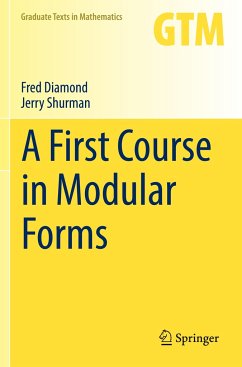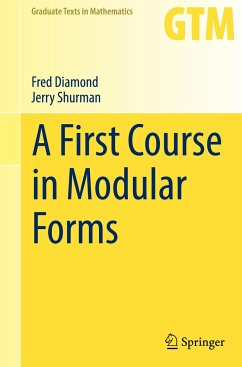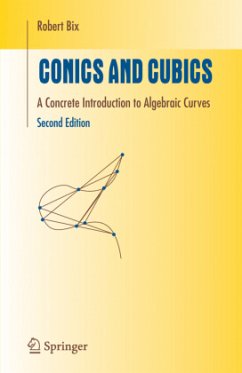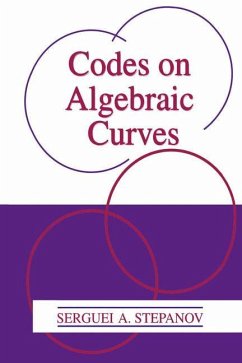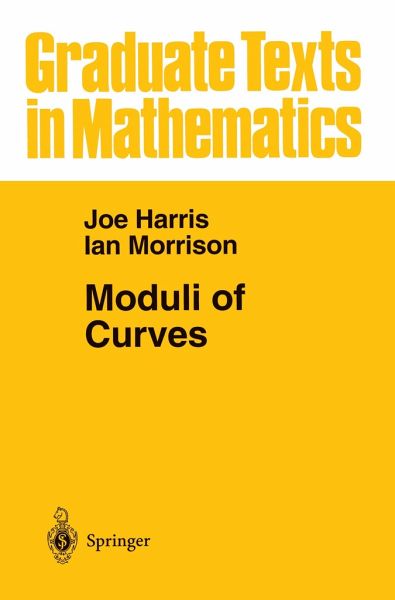
Moduli of Curves

PAYBACK Punkte
25 °P sammeln!
This book provides a guide to a rich and fascinating subject: algebraic curves and how they vary in families. The aim has been to provide a broad but compact overview of the field, which will be accessible to readers with a modest background in algebraic geometry. Many techniques including Hilbert schemes, deformation theory, stable reduction, intersection theory, and geometric invariant theory are developed, with a focus on examples and applications arising in the study of moduli of curves. From such foundations, the book goes on to show how moduli spaces of curves are constructed, to illustrate typical applications with the proofs of the Brill-Noether and Gieseker -Petri theorems via limit linear series, and to survey the most important results about their geometry ranging from irreducibility and complete subvarieties to ample divisors and Kodaira dimension. With over 180 exercises and 70 figures, the book also provides a concise introduction to the main results and open problems.
The aim of this book is to provide a guide to a rich and fascinating subject: algebraic curves, and how they vary in families. The revolution that the field of algebraic geometry has undergone with the introduction of schemes, together with new ideas, techniques and viewpoints introduced by Mumford and others, have made it possible for us to understand the behavior of curves in ways that simply were not possible a half-century ago. This in turn has led, over the last few decades, to a burst of activity in the area, resolving longstanding problems and generating new and unforeseen results and questions. We hope to acquaint you both with these results and with the ideas that have made them possible. The book isn't intended to be a definitive reference: the subject is developing too rapidly for that to be a feasible goal, even if we had the expertise necessary for the task. Our preference has been to focus on examples and applications rather than on foundations. When discussing techniqueswe've chosen to sacrifice proofs of some, even basic,results-particularly where we can provide a good reference- in order to show how the methods are used to study moduli of curves. Likewise, we often prove results in special cases which we feel bring out the important ideas with a minimum of technical complication.








